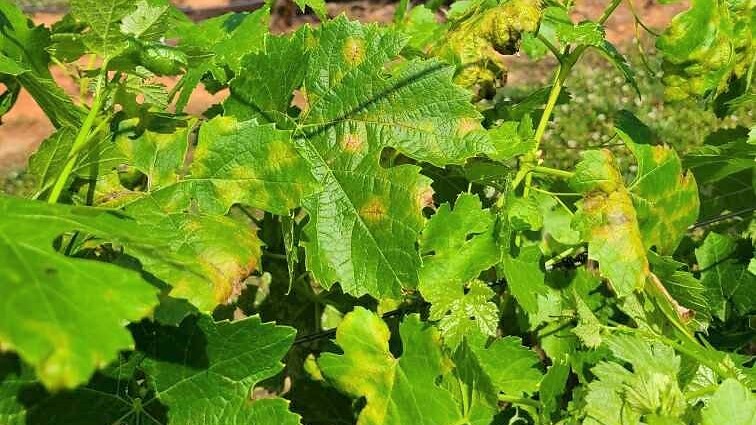
By Clint Thompson
The grape season has concluded or will soon end for producers in Southeast. But management continues after the final grape is harvested.
University of Georgia Cooperative Extension fruit disease specialist Phil Brannen highlighted what growers should be doing this time of year and its significance heading into next season.
“The biggest thing they can do and it’s still going to be an issue is we still have downy mildew and powdery mildew that come in after harvest. They have to maintain the vines. They still need to spray and maintain fungicides for downy and powdery mildew until first frost,” Brannen said. “Where they don’t do that, you can still get enough disease to where it defoliates the vines, which is terrible with downy mildew in particular. But the other thing is with powdery mildew, it builds inoculum for next year. You’ll start off with a bad problem you wouldn’t necessarily have if you controlled it in the fall. They still have plenty to do going forward.”
The humid and wet climate in the Southeast makes grape vineyards vulnerable to downy mildew. It is caused by the water mold Plasmopara viticola. It can reproduce on the underside of grape leaves.
Powdery mildew is caused by the fungus Erysiphe necator. The southeastern environment provides perfect conditions for disease development. It is generally humid for much of the growing season.
Producers should apply fungicides throughout the season and after harvest to protect the leaves from both diseases.









